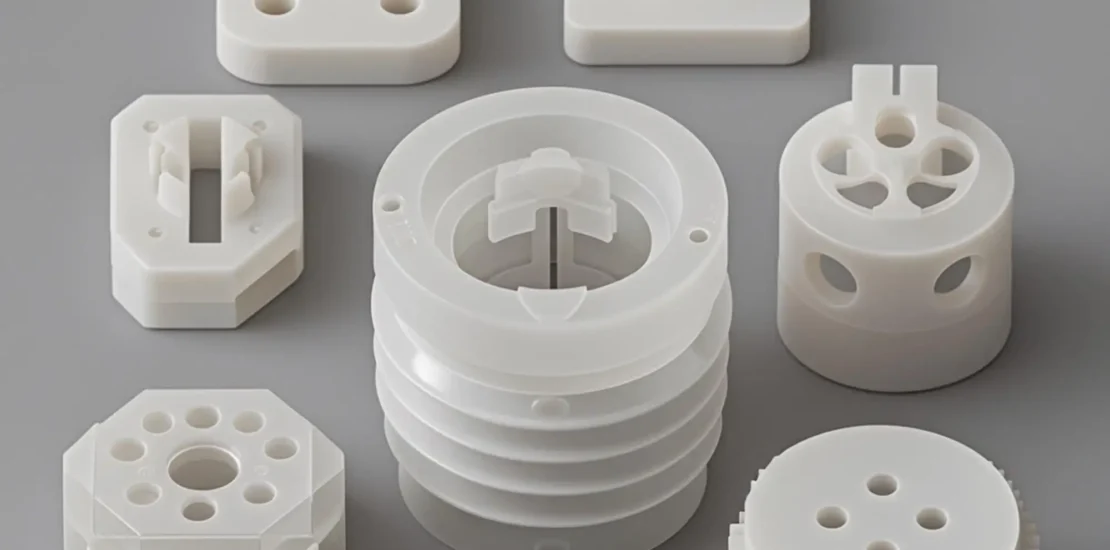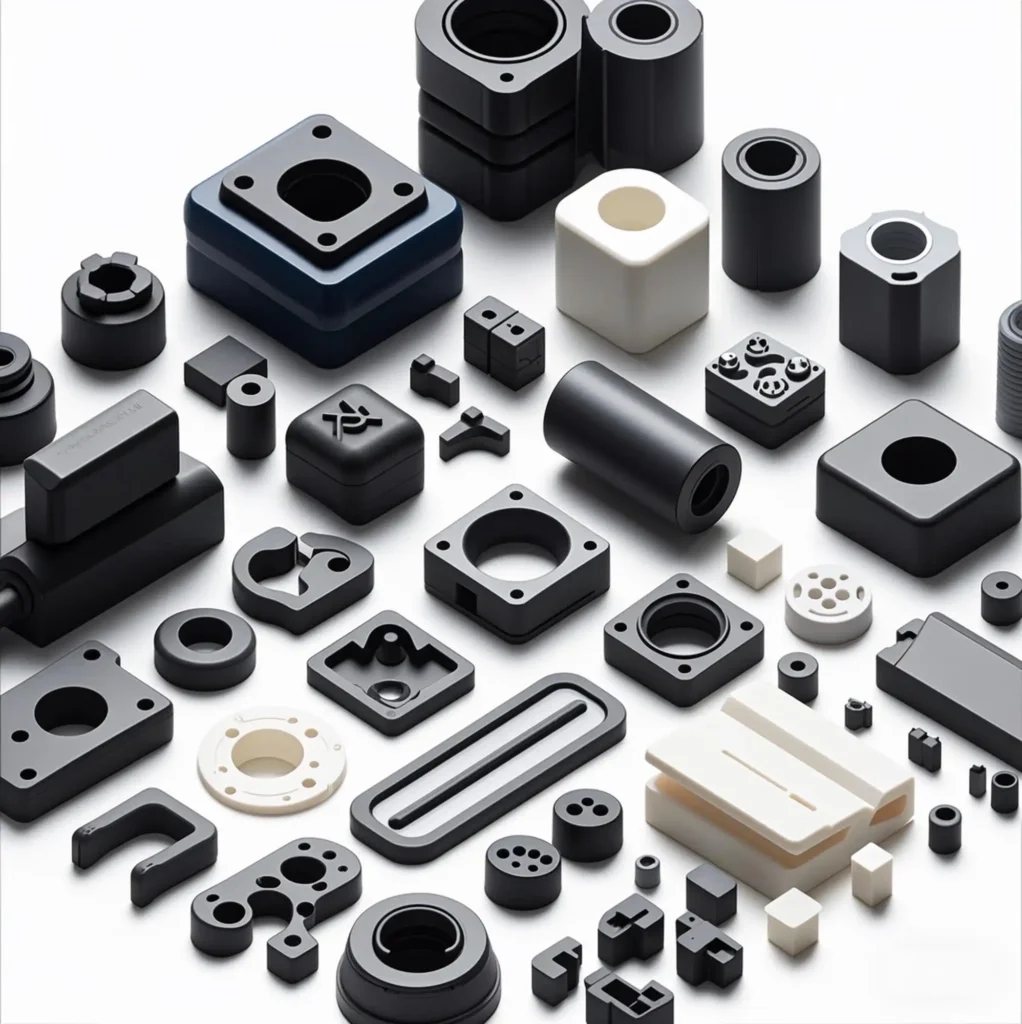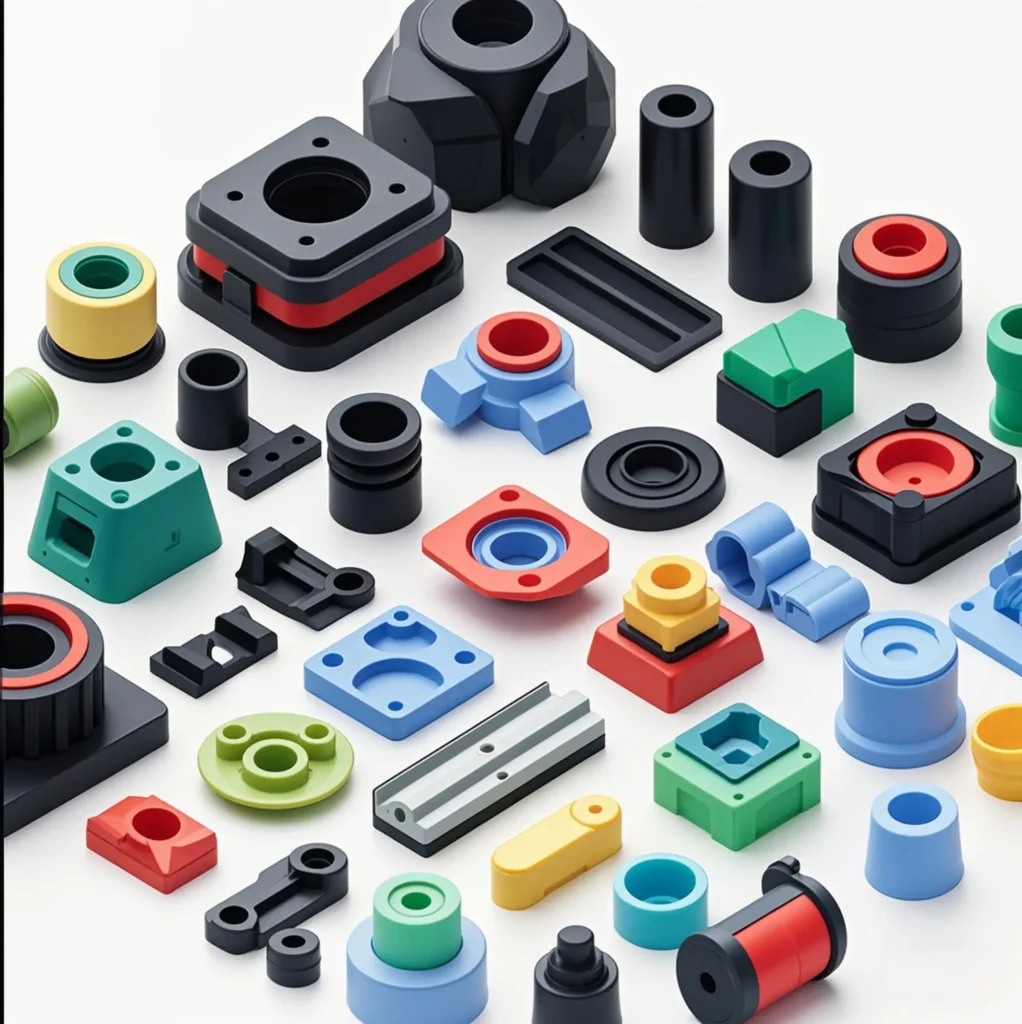- May 4, 2025
- Posted by: feinuojixie
- Category: Injection Molding News


Plastic injection molded parts are often the unsung heroes of modern products, silently contributing to the functionality and affordability of many everyday items. Despite their importance, many people don’t even realize how deeply ingrained these parts are in daily life. From the simplest household item to complex machinery, plastic injection molded parts play an integral role in shaping the products we use every day.
But what exactly is plastic injection molding? At its core, it’s a manufacturing process where molten plastic is injected into a mold to form parts of specific shapes. This process allows for the mass production of precise, durable, and complex plastic parts used in a wide range of industries. The versatility of plastic injection molded parts is what makes them so indispensable across various sectors. Let’s explore how these parts impact everything from consumer goods to cutting-edge technology, and why they matter more than we might think.


Plastic Injection Molded Parts: The Backbone of Consumer Goods
When we think about consumer goods, we often overlook the complexity behind their production. Plastic injection molded parts are pivotal in bringing these goods to life, especially when it comes to affordability, durability, and ease of production. Many everyday objects—appliances, electronics, packaging, and toys—rely heavily on this process.
Take, for example, the humble plastic bottle. Whether it’s for water, soda, or cleaning products, plastic injection molded parts are crucial in forming the containers that hold these liquids. The precision required for creating parts like bottle caps, nozzles, and dispensers is achieved through the injection molding process. Similarly, the mobile phone in your hand, with its intricate casing and buttons, is a product of this technology. Without plastic injection molding, these devices would be more expensive, heavier, and less durable.
Even toys, which are a staple of childhood, are often made using plastic injection molded parts. From figurines to puzzle pieces, the production process ensures that toys are safe, affordable, and made with consistent quality. The ability to mass-produce such items efficiently is what makes these parts the backbone of the consumer goods market.
From Automotive to Healthcare: How Plastic Injection Molded Parts Are Changing Industries
The versatility of plastic injection molded parts stretches far beyond consumer goods. One of the most significant areas of impact is the automotive industry. Modern vehicles are made up of thousands of plastic parts, and many of these components are produced using injection molding. From dashboard panels to bumpers and under-the-hood components, plastic injection molded parts contribute to lighter, more fuel-efficient cars, as well as reducing manufacturing costs.
In healthcare, plastic injection molded parts have revolutionized the production of medical devices and equipment. Components such as syringes, IV connectors, and diagnostic tools rely on precision plastic molding for both functionality and hygiene. The use of plastic in these applications ensures that medical products are both lightweight and durable, while also helping to lower costs. Furthermore, advances in plastic injection molding have made it possible to produce medical devices with higher levels of precision, essential for the safety of patients and healthcare workers alike.
The ability of plastic injection molded parts to improve the safety, efficiency, and cost-effectiveness of both the automotive and healthcare industries speaks to their far-reaching impact. These industries continue to evolve with the help of innovation in plastic molding technology, ensuring that essential products become more advanced with each passing year.
The Environmental Impact of Plastic Injection Molded Parts: Sustainable Solutions
In today’s world, sustainability is a growing concern. The environmental impact of plastic production has sparked debates on how we can create products that are both eco-friendly and cost-effective. Thankfully, plastic injection molding has made strides toward sustainability. By using recycled plastics and developing more energy-efficient manufacturing techniques, companies are minimizing their environmental footprint.
The use of recycled plastics in injection molding has opened the door to the creation of sustainable products, from packaging to automotive parts. Additionally, the injection molding process itself is energy efficient, as it allows for precise control over material usage and reduces waste. As more companies adopt greener practices, plastic injection molded parts are becoming a key player in the move toward a more sustainable future.
Even beyond the recycling of materials, many innovations in injection molding focus on minimizing the overall impact on the environment. From reducing the carbon footprint of production to developing biodegradable plastics for specific applications, the future of plastic injection molded parts looks increasingly eco-conscious.


The Innovation Behind Plastic Injection Molded Parts: What’s Next?
Plastic injection molding is not a static process—far from it. The industry continues to evolve, driven by advances in material science and manufacturing technology. One of the most exciting developments is the integration of smart technology into plastic molded parts. For example, sensors and conductive materials can now be embedded into molded parts, enabling them to monitor their own condition or interact with other devices. This shift is giving rise to new possibilities in industries like wearables, automotive, and home automation.
Additionally, the rise of 3D printing is making it possible to create even more intricate designs and prototypes for plastic injection molded parts. This is reducing lead times for product development and enhancing the customization of parts. The ability to experiment with different materials and designs in the early stages of development is paving the way for more innovative products that can be molded with higher precision and functionality.
Looking forward, the continued advancement of plastic injection molded parts will undoubtedly lead to even greater capabilities in terms of design, material selection, and functionality. With the rapid pace of technological progress, we can expect these parts to become even smarter and more integrated into our daily lives, enabling entirely new categories of products and experiences.
Why Plastic Injection Molded Parts Matter More Than You Think
Plastic injection molded parts are a silent force in modern life, influencing nearly every aspect of the products we use and rely on. From consumer goods to critical components in healthcare and automotive sectors, these parts have proven to be essential in creating durable, efficient, and affordable products.
What many don’t realize is how crucial these parts are in enabling technological progress. Their versatility in design, the ability to scale production, and the sustainability potential make them one of the most important innovations in manufacturing today. As we move toward smarter, more sustainable technologies, plastic injection molded parts will remain at the forefront, continuing to shape the future of everyday life in ways we can’t yet fully predict.
In conclusion, the next time you pick up a plastic item, whether it’s your phone, a household appliance, or a piece of medical equipment, take a moment to appreciate the precision and ingenuity behind the plastic injection molded part that made it possible. These parts are more than just a component—they are the key to making our world more functional, sustainable, and affordable.
